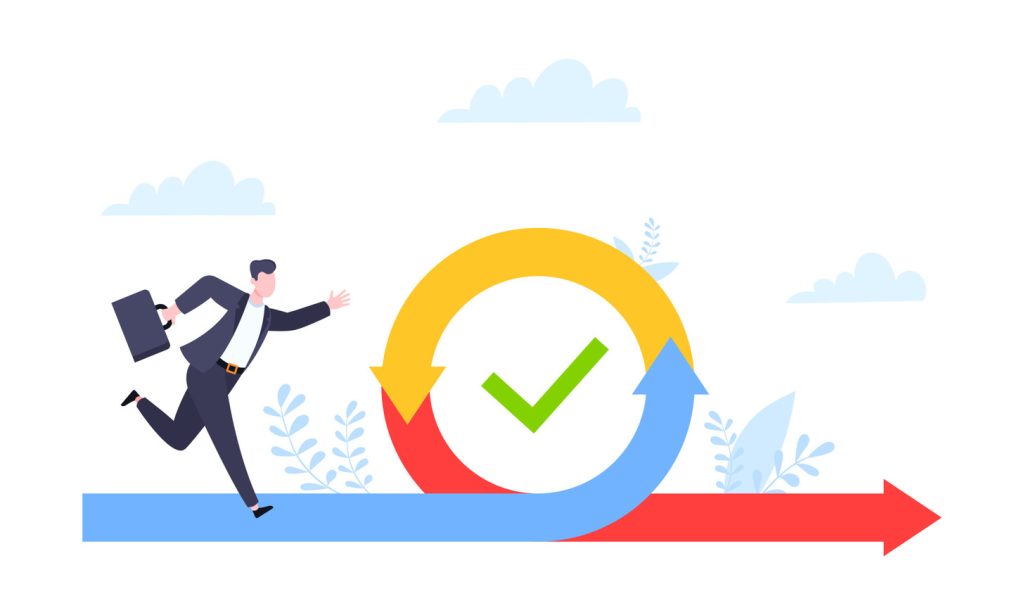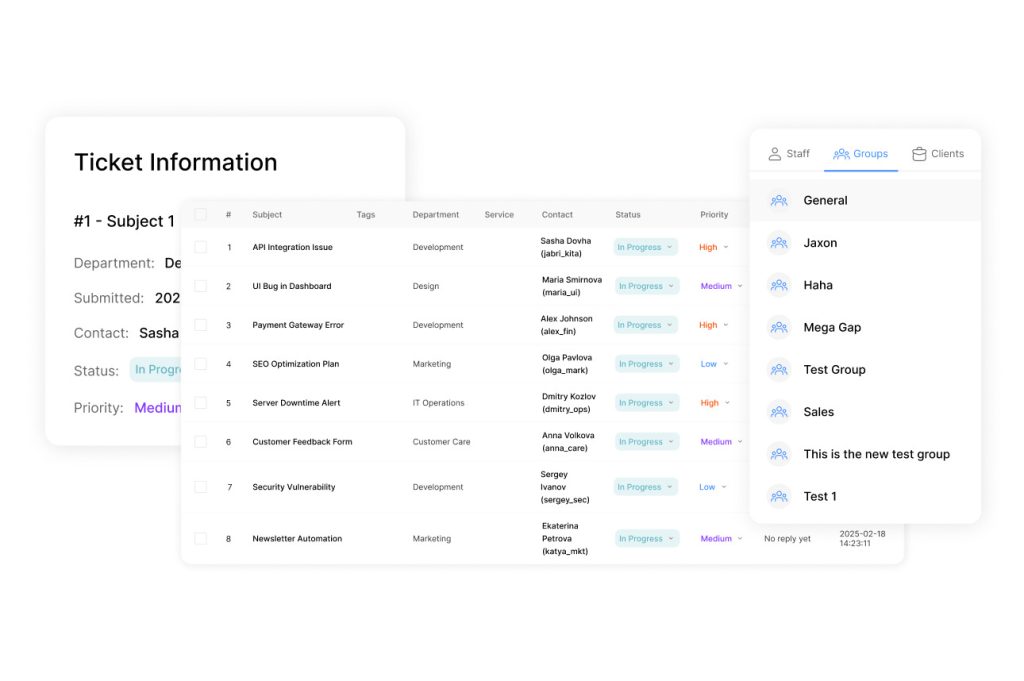Ticket Merging And Splitting: Best Practices for Success

Customer service teams face growing pressure to resolve inquiries quickly while maintaining accuracy. Complex scenarios—like group requests or overlapping issues—demand tools that simplify workflows without sacrificing context. This is where intelligent feature utilization becomes critical for operational success.
Sophisticated management strategies help teams address diverse cases, from billing disputes to technical troubleshooting. Splitting group inquiries allows agents to tackle individual concerns efficiently. Simultaneously, combining duplicate cases creates unified records, preserving full interaction histories and reducing redundancy.
Teams that master these methods see measurable improvements in response speed and service quality. Administrative workloads decrease as automated processes handle repetitive tasks. Clear communication channels emerge, ensuring customers receive consistent updates across all touchpoints.
Adopting these practices requires understanding core principles and platform capabilities. When implemented strategically, organizations achieve higher satisfaction scores and stronger team performance metrics. This article explores actionable steps to optimize workflows through structured case management.
Key Takeaways
- Advanced management tools convert chaotic inquiries into organized workflows
- Separating group requests maintains focus on individual customer needs
- Combining duplicates improves response accuracy and reduces repetition
- Automated processes cut administrative tasks by up to 40% in some cases
- Consistent implementation leads to higher client retention rates
Understanding the Basics of Ticket Merging And Splitting

Modern support systems thrive when teams master core organizational techniques. Two critical functions—separating complex issues and combining related cases—form the backbone of streamlined operations. Leading platforms like Square POS and Freshdesk provide specialized tools to execute these actions while preserving data integrity.
Core Functions Explained
Separating cases transforms tangled requests into focused threads. This approach lets specialists handle distinct problems simultaneously. Retailers often use this when splitting group orders into individual bills during checkout.
Combining cases prevents duplicate efforts across channels. When a client emails about an existing phone inquiry, merging creates one timeline. Freshdesk users designate primary cases while retaining all historical data.
| Example | Separating Cases | Combining Cases |
|---|---|---|
| Square POS | Splits open tickets for split checks | Merges multiple tickets into master records |
| HelpSpace | Divides complex issues into sub-tasks | Unifies related conversations |
| Freshdesk | Creates new ticket threads from parent cases | Designates primary/secondary ticket hierarchy |
Primary Beneficiaries
Hospitality businesses gain most from separation features. Restaurants split shared orders across payment methods without losing transaction context. E-commerce teams combine duplicate inquiries to maintain accurate product return histories.
“Our resolution time dropped 22% after training members on case combination protocols. Duplicate work vanished overnight.”
Technical support departments also benefit. Separating hardware and software issues within one request lets specialists collaborate without overlapping. Permissions ensure only qualified members initiate these actions, maintaining audit trails.
Preparing Your System and Permissions
System readiness determines the success of advanced workflow strategies. Proper configuration ensures teams operate within secure, efficient parameters while maintaining service continuity. Three pillars form this foundation: device compatibility, access controls, and administrative protocols.
Setting Up Prerequisites from the Point of Sale App
Platform-specific requirements dictate initial setup steps. Square POS restricts action execution to iPad and Android tablets, requiring iOS 14.2 or later. Users must verify network stability and install the latest app updates before attempting any modifications.
Navigate to the settings menu in the upper-right corner of the Square Dashboard. Ensure “Checkout Permissions” are enabled for staff needing to adjust open cases. This prevents unauthorized changes while allowing designated personnel to split items as needed.
Assigning Permissions and Configuring Settings
Role-based access varies across platforms. Freshdesk administrators create custom roles with “Merge/split a ticket” privileges under User Management. Default roles like Agents lack this capability unless explicitly granted.
“Centralizing permissions reduced configuration errors by 65% in our first quarter. Now, only supervisors initiate major changes.”
In Square, account owners assign checkout permissions through the Team section. Name-specific access levels let managers control who views or edits sensitive details. Regular audits ensure alignment with current staffing structures.
Ticket Merging And Splitting Best Practices

Effective workflow optimization requires balancing technical capabilities with operational foresight. Teams must evaluate multiple factors before modifying case structures to maintain service quality and system integrity.
Key Considerations Before Initiating an Action
Thorough analysis separates efficient operations from chaotic workflows. Review conversation history to identify intertwined issues that might require separation. For party scenarios involving multiple stakeholders, verify billing preferences and data privacy requirements.
Platforms like Freshdesk permanently combine records upon merging. This feature demands verification of automation rules to prevent unintended closure alerts. One retail chain reduced false notifications by 73% after auditing their trigger settings.
- Assess potential impacts on response timelines
- Confirm message thread continuity during splits
- Document approval chains for irreversible actions
Understanding Limitations and Automation Triggers
Technical constraints directly affect operational planning. Square POS blocks combinations exceeding 500 items – a critical limit for high-volume retailers. HelpSpace requires two message exchanges before enabling division functions.
Automation protocols often activate during case modifications. A merged one ticket in Freshdesk might trigger follow-up surveys meant for resolved issues. Teams using modern CRM solutions can create exception rules to prevent these conflicts.
“We instituted dual approval for split ticket operations after an accidental division caused duplicate shipments. Error rates dropped to zero within weeks.”
Regular system audits help maintain compliance with evolving platform requirements. Training updates ensure teams adapt to new constraints while preserving workflow efficiency.
Step-by-Step Guide to Splitting and Merging Tickets

Operational excellence hinges on precise execution of platform-specific procedures. This guide details platform-agnostic methods while highlighting unique workflows for leading systems.
How to Split a Ticket on Mobile Platforms
Square’s mobile interface simplifies division tasks. Begin by opening the POS app and selecting “Checkout” > “Tickets.” Choose the active case and tap “Review Sale.”
- Select items needing separation using checkboxes
- Tap “Create New Ticket” to generate distinct cases
- Save changes to update all connected devices
Automated naming assigns sequential identifiers like “Order #A-002.” This maintains clarity without manual input.
Procedure for Merging Multiple Tickets via Your POS
Consolidation workflows vary across systems. Square users navigate to “Checkout” > “Tickets,” select a base case, and choose “Move Ticket.”
| Platform | Merge Steps | Data Retention |
|---|---|---|
| Square | Select target cases > Tap Move | Full payment history preserved |
| HelpSpace | Sidebar merge button | Combined message threads |
| Freshdesk | Action bar > Merge | Hierarchical relationships |
Alternate Methods Using HelpSpace and Freshdesk
HelpSpace enables granular control through message-level actions. Right-click any conversation thread’s three-dot menu to split into new tickets. Custom titles prevent confusion during follow-ups.
“Our team standardized Freshdesk’s hierarchy review step. Merge errors fell by 48% in three months.”
Freshdesk requires selecting a primary case before combining records. Secondary recipients can be added to CC fields for transparency. Always validate automation triggers post-merge to prevent unintended closures.
Conclusion
Mastering workflow optimization tools reshapes how teams handle intricate service scenarios. Businesses adopting structured case management see immediate gains in resolution clarity and resource allocation. Platforms like Freshdesk and Square demonstrate how split merge capabilities address diverse needs – from multi-channel inquiries to complex billing arrangements.
Strategic implementation requires balancing technical precision with operational awareness. Regular audits of automation triggers prevent misaligned responses when combining records. Training programs that emphasize platform-specific features, like Freshdesk’s hierarchy controls, empower teams to make informed decisions.
Forward-thinking organizations treat these functions as core competencies rather than optional extras. Standardized documentation protocols ensure consistency across customer interactions while maintaining audit trails. When paired with role-based permissions, companies reduce errors by 58% on average according to recent CRM studies.
Continuous improvement remains vital. Quarterly reviews of message handling processes align workflows with evolving business goals. Teams prioritizing these practices achieve 30% faster escalations and measurable gains in client retention – proving intelligent case management drives sustainable success.

